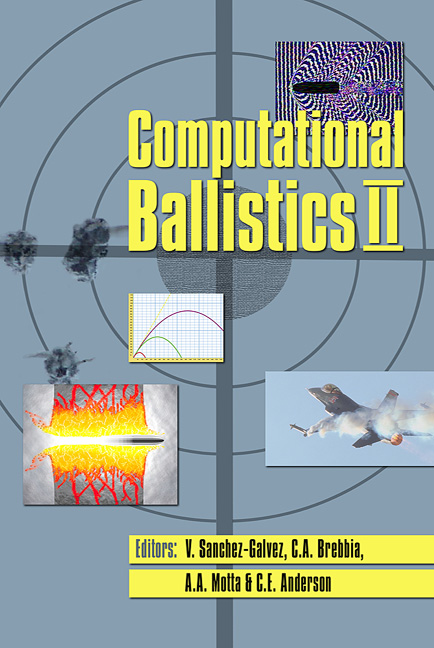Impact Of Boulders On Granular Strata: A Geotechnical Rheological Model
Price
Free (open access)
Transaction
Volume
40
Pages
10
Published
2005
Size
1,236 kb
Paper DOI
10.2495/CBAL050211
Copyright
WIT Press
Author(s)
C. di Prisco & M. Vecchiotti
Abstract
The aim of this paper consists of describing a rheological model developed by the authors to simulate the impact of rock boulders on granular strata. The boulder mass is lumped, and the homogeneous absorbing cushion is interpreted as a coupled elasto–visco–plastic \“macro–element”. The constitutive model is capable of simulating both vertical and inclined impacts on horizontal and inclined planes. The constitutive parameters of the model are strictly related to the geotechnical characteristics of the soil and in particular to the relative density of the sand stratum. Numerical results are obtained by integrating a coupled twodimensional differential equation system discretised by means of the finite difference method. Keywords: impact, sand strata, rheological model, macro-element approach, viscoplasticity. 1 Introduction The problem of the impact of a boulder on granular strata is nowadays of great interest both for physics and engineers. In geotechnical engineering, for instance, the problem of rock fall is usually tackled by means of semi-empirical or statistical methods, and the boulder trajectory is simulated by using the lumped mass approach (Bozzolo and Pamini [2]). In particular, the impact is interpreted on the basis of restitution coefficients, whose calibration is not easy, because of the large amount of factors that influence the phenomenon. As far as the design of shelters or embankments is concerned, sophisticated numerical FEM or DEM codes (Cundall [4]) can be employed. Unfortunately, the analyses we can perform by means of these numerical codes are complex and time consuming. The aim of this paper consists in describing an easy-to-use rheological model,
Keywords
impact, sand strata, rheological model, macro-element approach, viscoplasticity.




